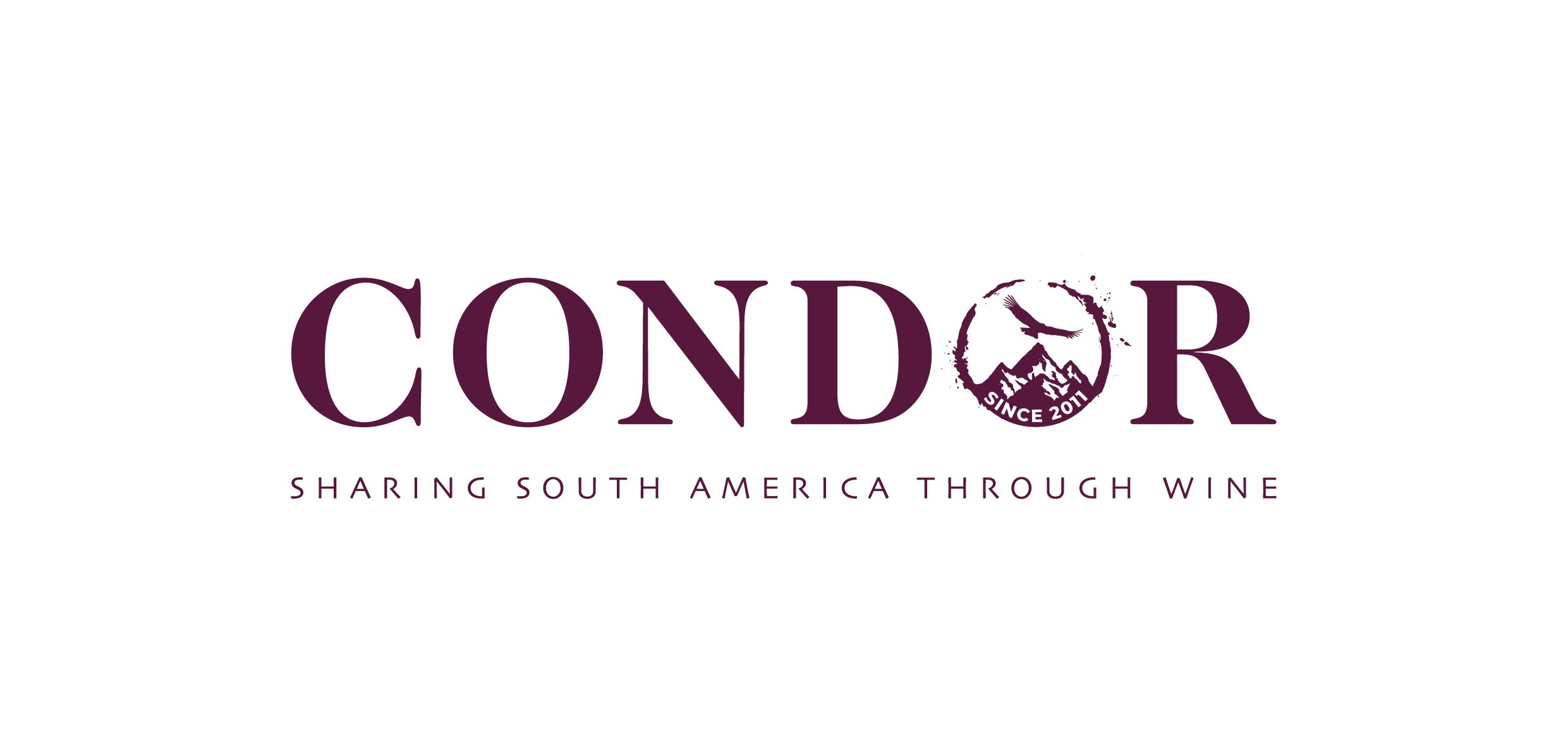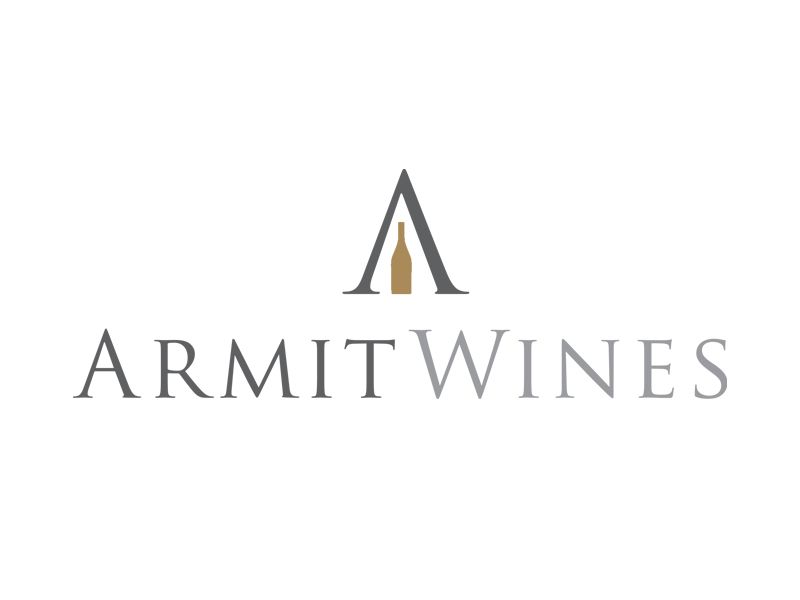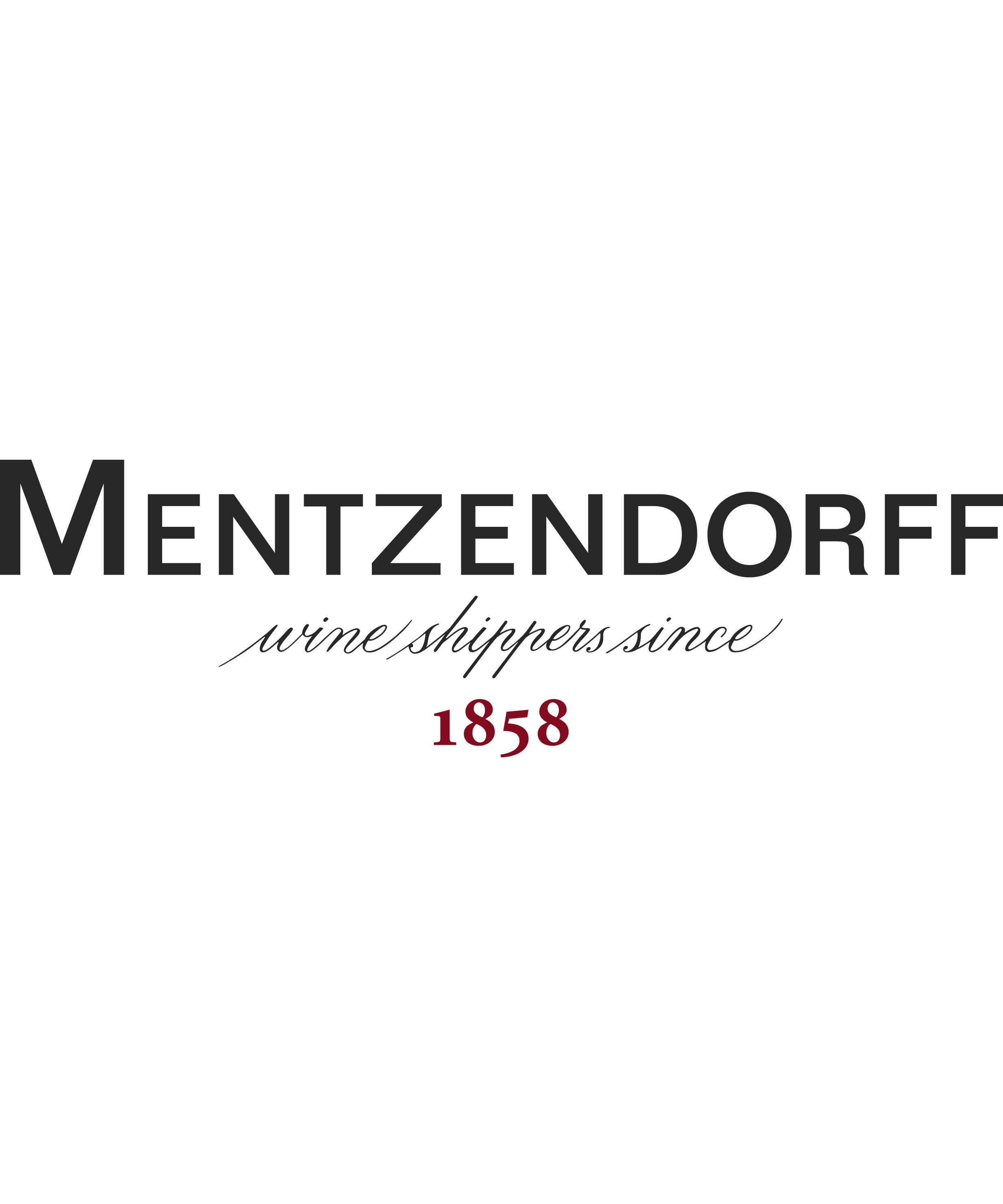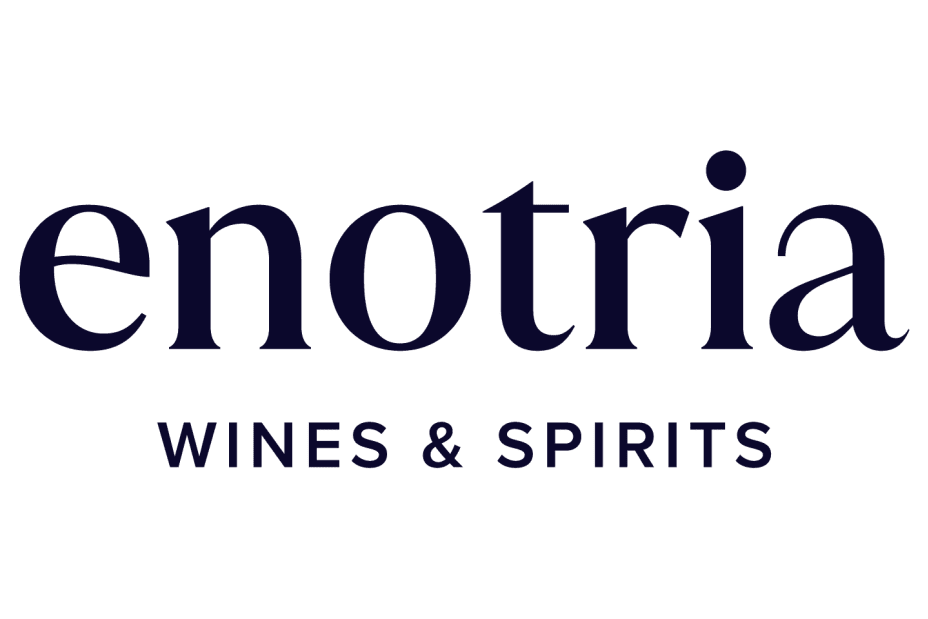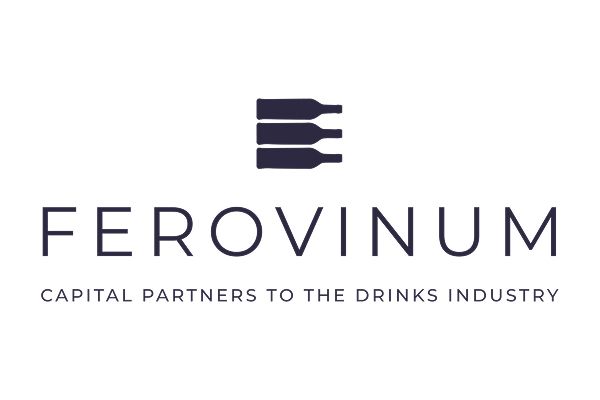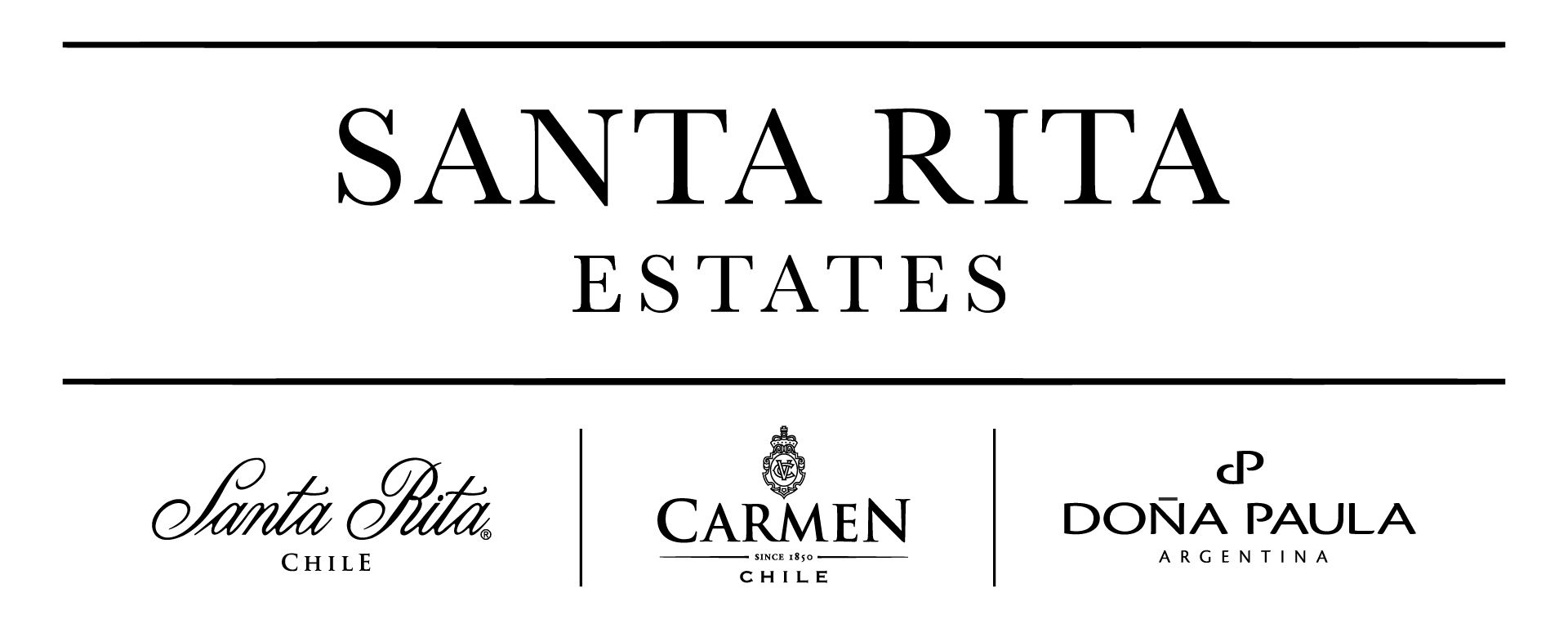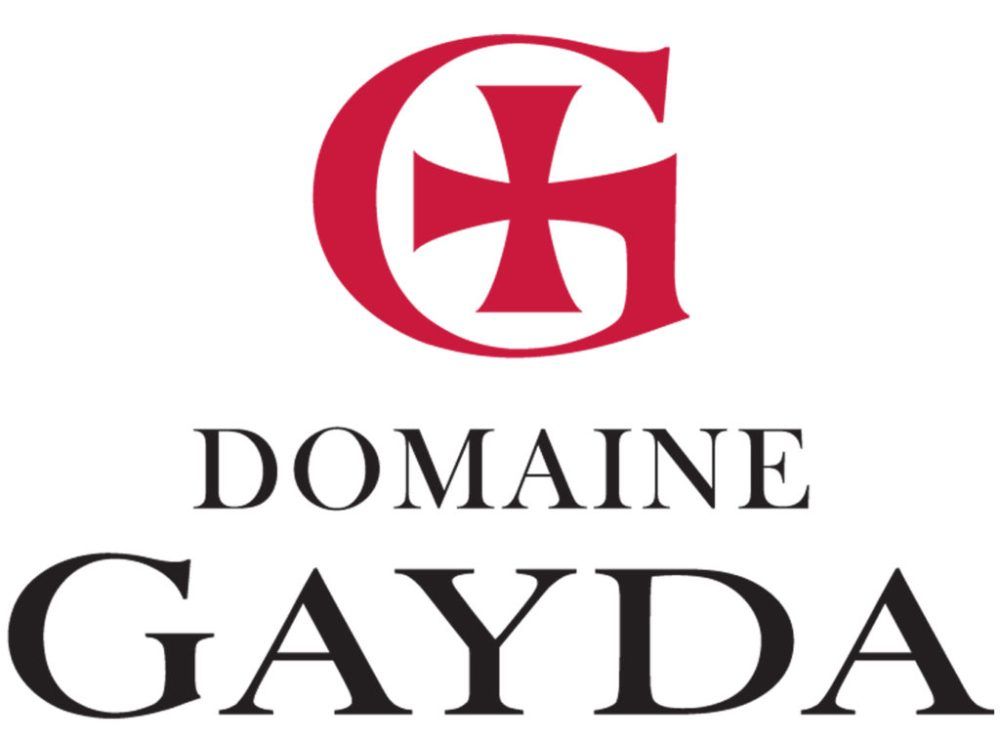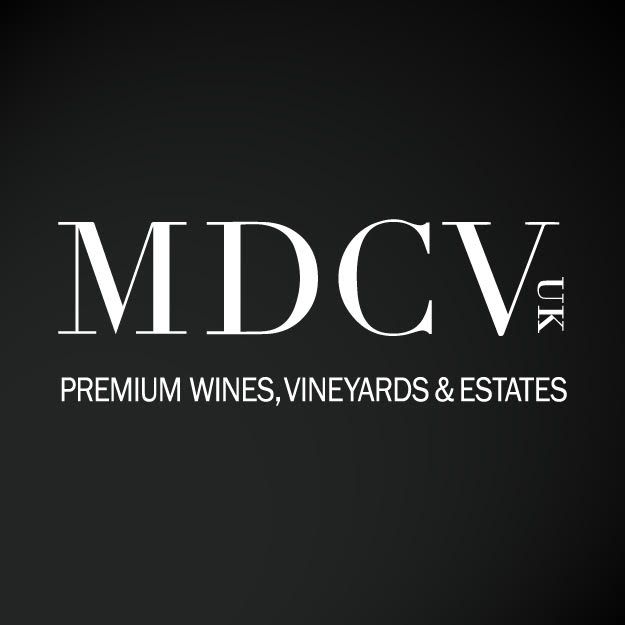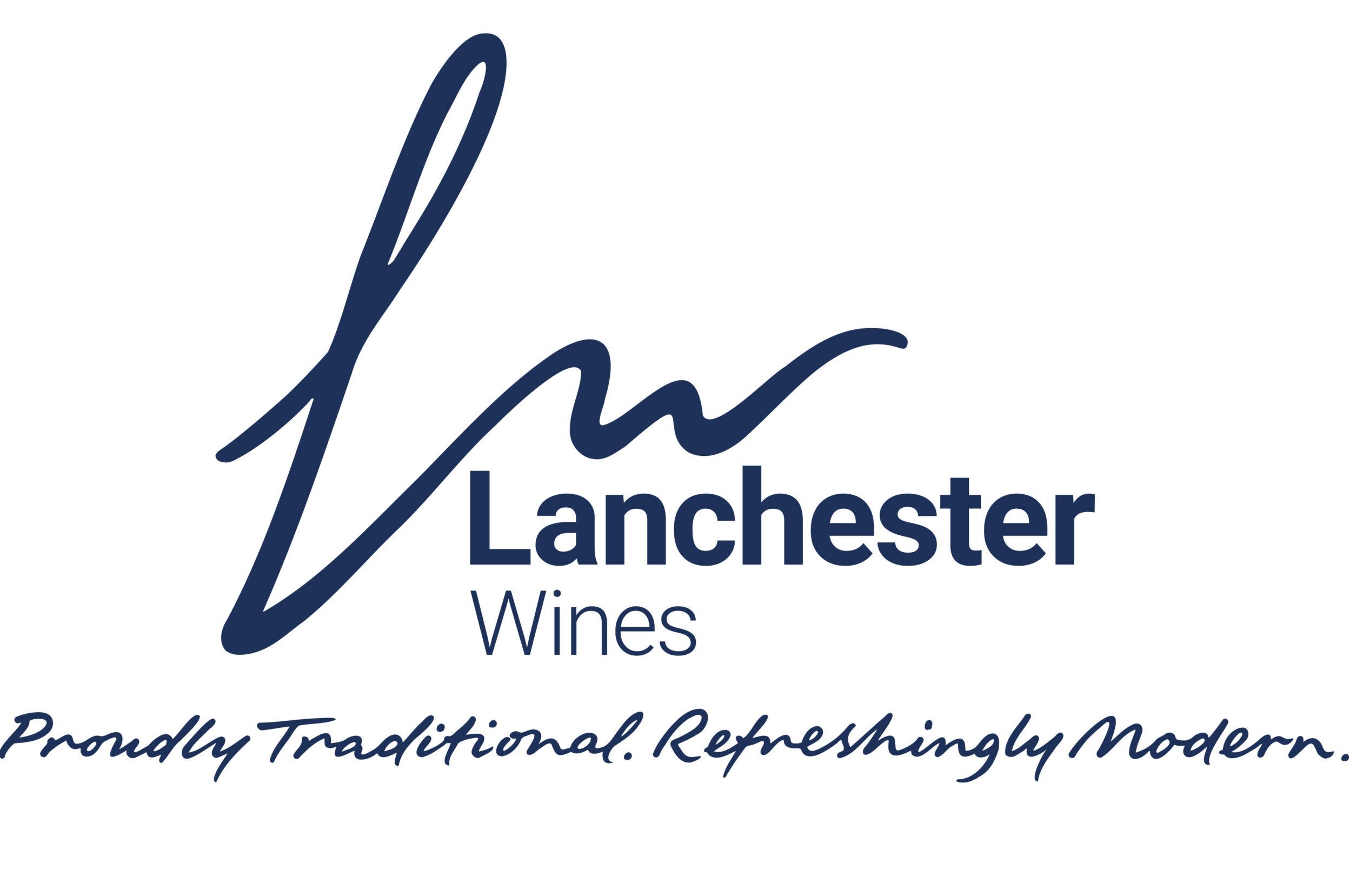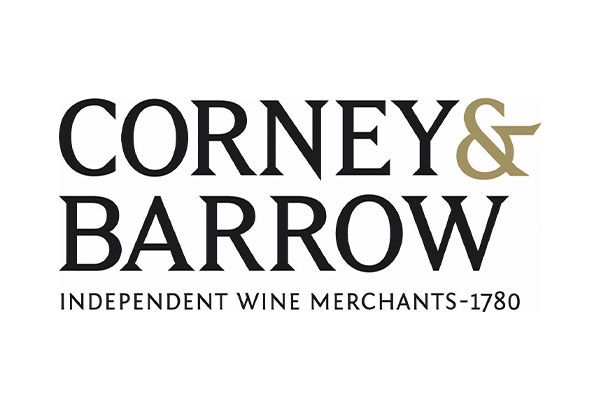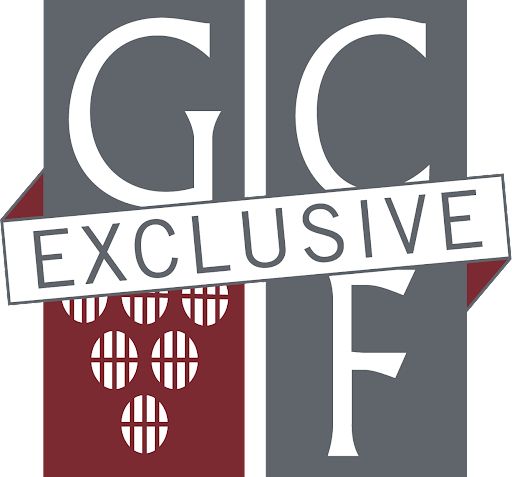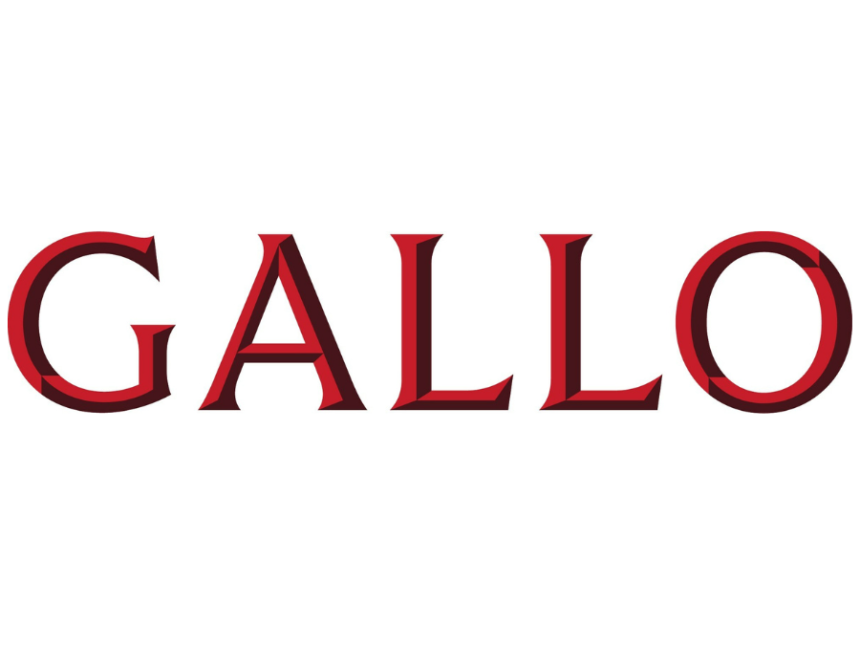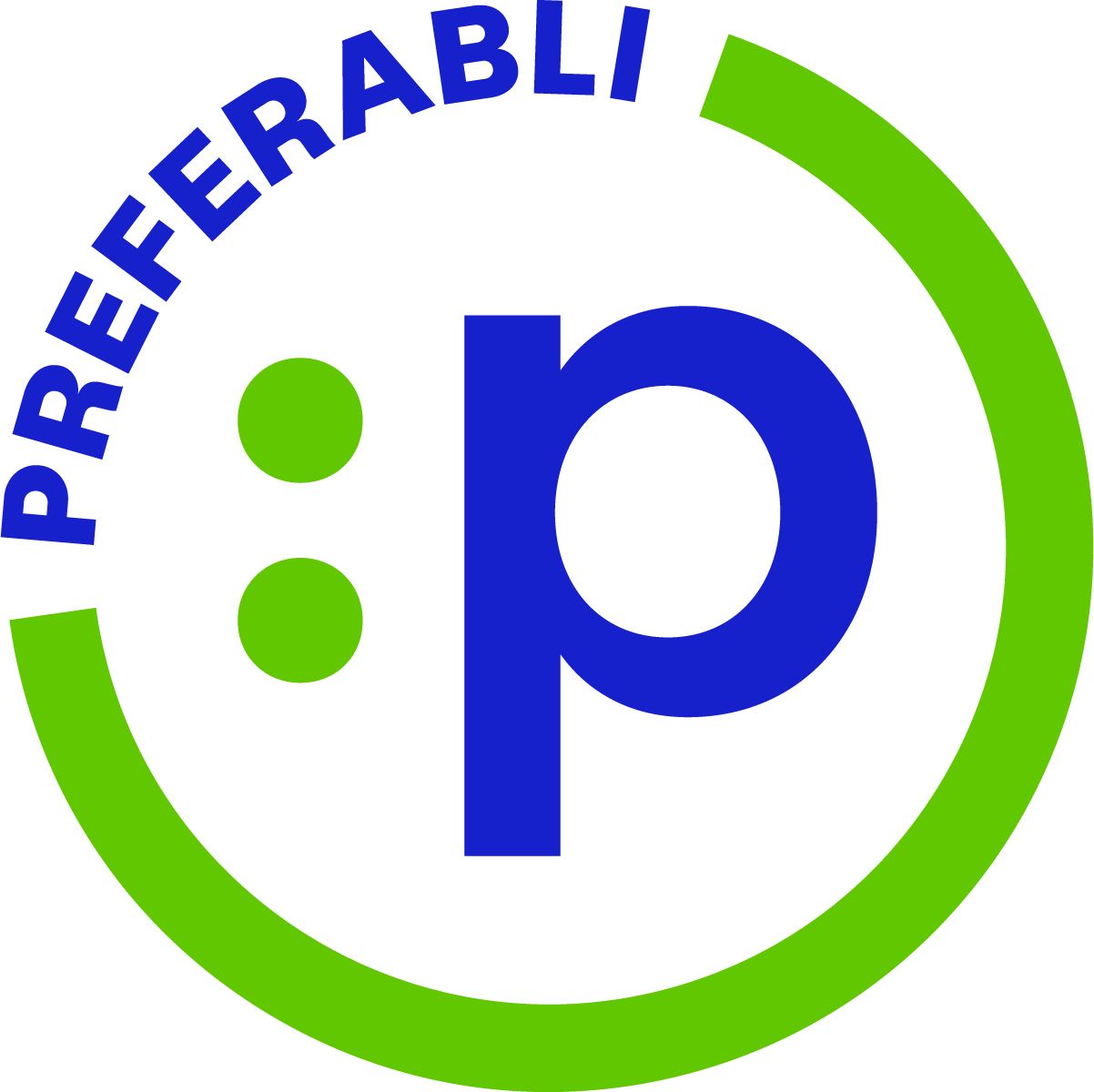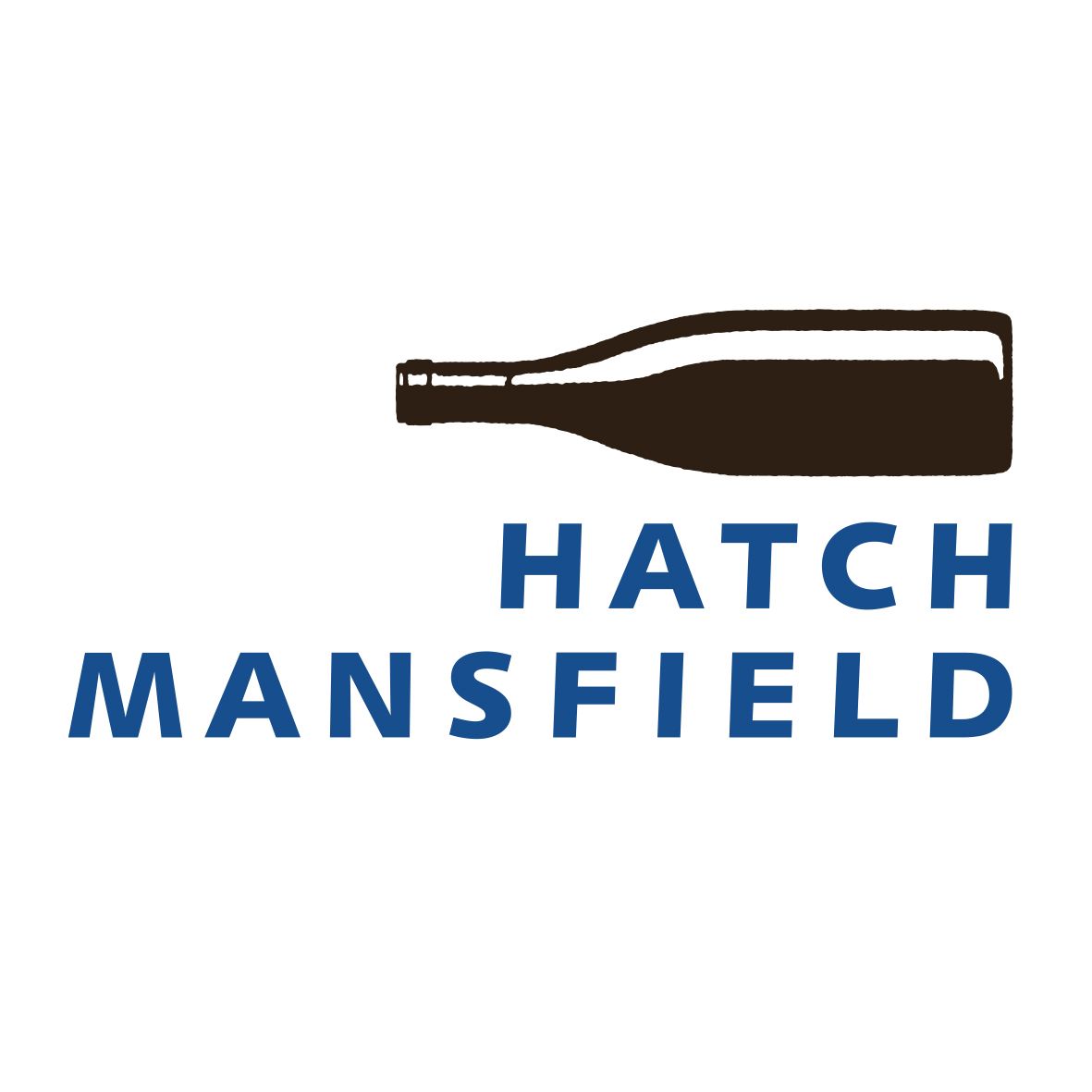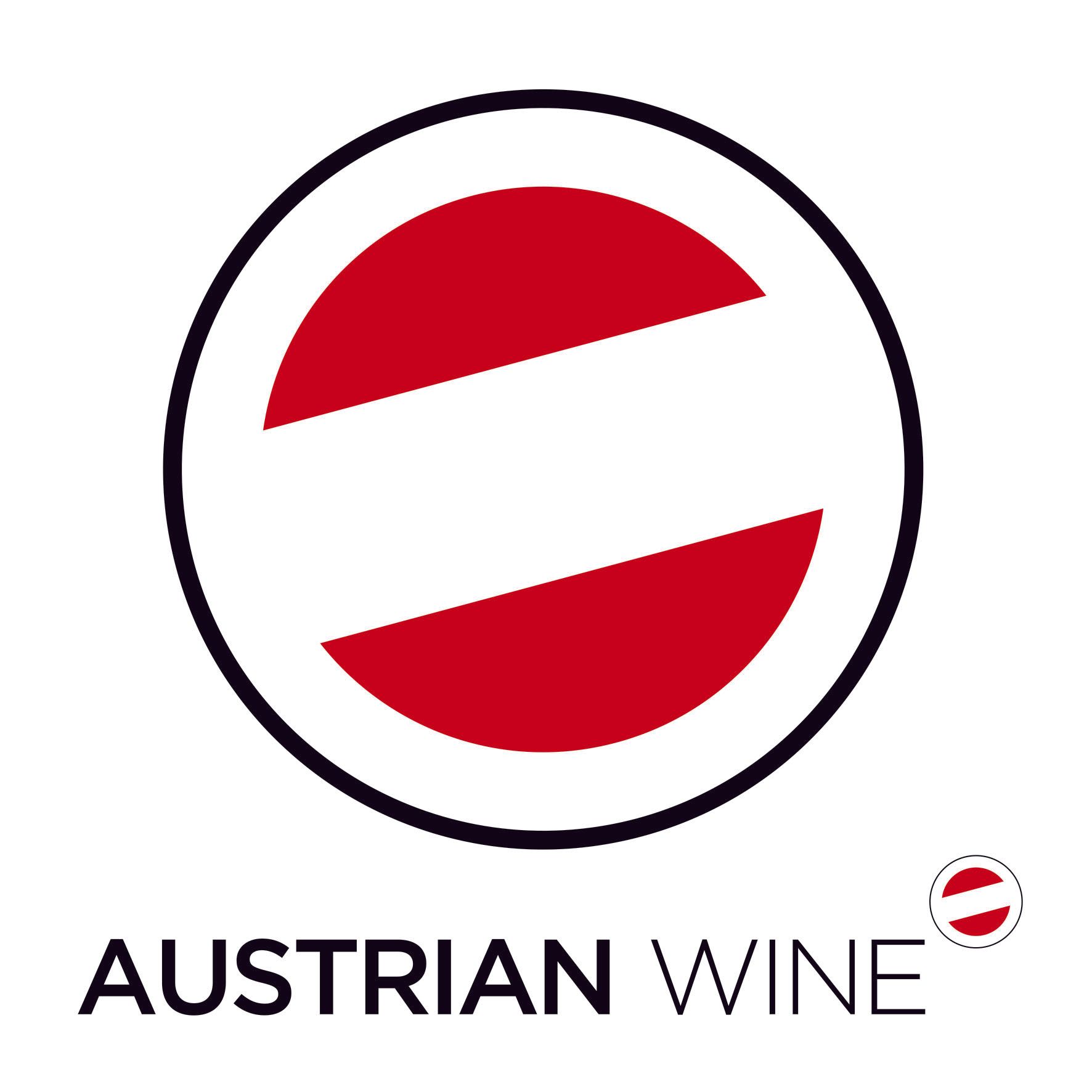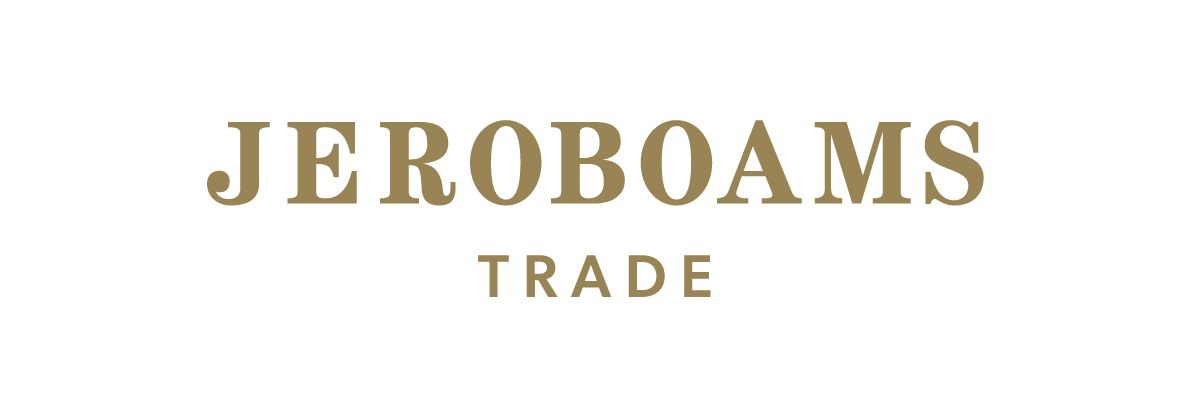“I see a different side of Napa Valley so I always want to dispel the rumours that Napa is always about excess,” says Cakebread.
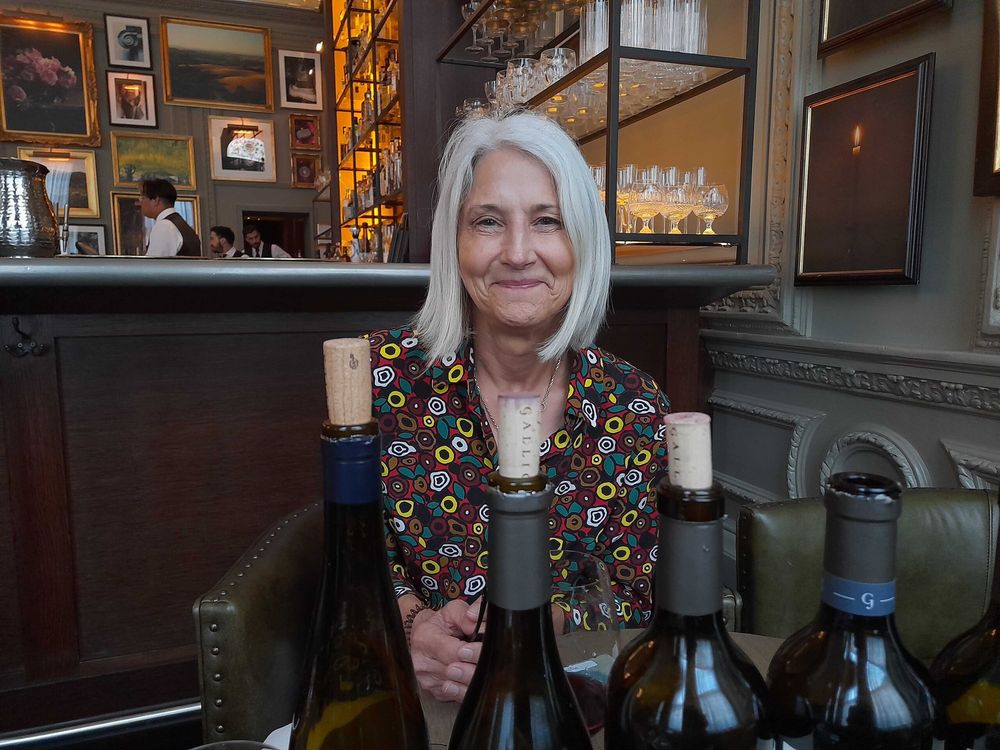
Just finished her 42nd vintage: Rosemary Cakebread, London, June 15, 2023
Some people are determined to do things their own way. Rosemary Cakebread is one of them. The name Cakebread will immediately ring a bell for any lover of Napa Cabernet – but Rosemary Cakebread – wife of Bruce Cakebread of the eponymous estate in Napa – is adamant that she “came to wine independently.” Cakebread is a slight figure, refreshingly sans make-up, with grey hair cut into a cheeky bob. “There is no professional connection between Cakebread Cellars and Gallica,” she says, before breaking into a smile and noting that the connection consists in “a very happy marriage and two lovely children.”
From bottling line to scented wines
Cakebread had grown up in Tokyo, Japan, where both her parents worked. When she was a teenager the family moved back to California.
“I had been living in a big city and came to a very small community,” she remembers. “I was a little unhappy about it and a little bored, and I met this family who were friends with the Sebastiani family – where I got a job on the bottling line.”
This resulted in pocket money and, a little later, in a viticulture and oenology degree from UC Davis. Her first job was at the historic Inglenook estate, helping to make Cabernet Sauvignon. This is when she met her husband Bruce Cakebread, “standing in line at the Oakland grocery store, buying a sandwich. So we both worked in the wine industry, but independently of each other.“
She then worked with sparkling wines.
“I had a really nice sojourn at Mumm California, at that time [the early 1980s] it was just a start-up-project with Guy Devaux. It was a wonderful experience to be part of the first wines they made, the vineyard exploration and seeing a winery being built. I was in my 20s and it was a magical time.”
From there she went to work for Spottswoode – where she encountered organic farming at “one of the really early adopters of organic certification in Napa. That was my introduction to the real vineyard – seeing the complete cycle of grape growing.”
In 2006 she went on a sabbatical and worked at Château Le Bon Pasteur with Michel Rolland – this is where she decided she wanted to “try my hand at making my own wines and Gallica was born in 2007.”
What’s in a name?
Gardeners will immediately clock that Gallica refers to Rosa gallica, one of the first roses cultivated in Europe, central to medieval gardens and a lot of rose lore – not least the hugely influential if deeply misogynistic Roman de la Rose – something of a medieval French bestseller.
Cakebread only nods and smiles when I point out the clear parallels between vines and roses: both are the results of humans selecting, tending and perfecting an initially simple fruit and flower into defining, lasting and globe-conquering manifestations of culture. These connections are clear to her, too.
“It is the rose that is essential in perfume production and the apothecary rose, so all those things I borrowed from,” she says. She chose the name because it was apt for her project: “I’ve been very interested in botany and aromas. Working with sparkling wine, I really learned a lot about aromatics in my twenties. Along the way I studied with Mandy Aftel and Alexandre Schmitt,” she says. Aftel is one of the world’s most notable natural perfumers while Alexandre Schmitt is a professional ‘nose’ consulting with the wine industry. Scent is important to her and she wanted to make scented wines: “Each variety has its own, wonderful characteristics, attributes and aromatics, my job is to allow these to ‘speak’, not mask them with trickery or change what they are meant to be.”

Gallica’s vineyards are all organically farmed
A different path
Gallica Wines is a boutique winery in St Helena, Napa Valley with an annual production of just 1,500 9-litre-cases made exclusively from organically grown fruit. There is no tasting room, no glitz. When I ask about this, she says: “I see a different side of Napa Valley so I always want to dispel the rumours that Napa is always about excess – there are producers who make beautifully balanced wines that are maybe on the quieter side and don’t get the recognition they deserve. These are the people I align myself with.”
She does that by focusing on each site and each variety and then treats it with a light touch.
“I try to find in every variety what its attributes are, its aromatics, its essence and how to better inform that, protect that and enhance it in a way that is not informed by winemaking techniques, so not a lot of barrel, maceration or concentration.”
While she has – in true Napa style – a mailing list of private clients to whom the wines are allocated, there are library releases that are aimed at the on-trade.
“We are showing wines that are not our current releases but library vintages, specifically for restaurants because we have them and we want people to appreciate wines that have a bit of age,” she says.
The wines she shows are beautiful and, indeed, scented.
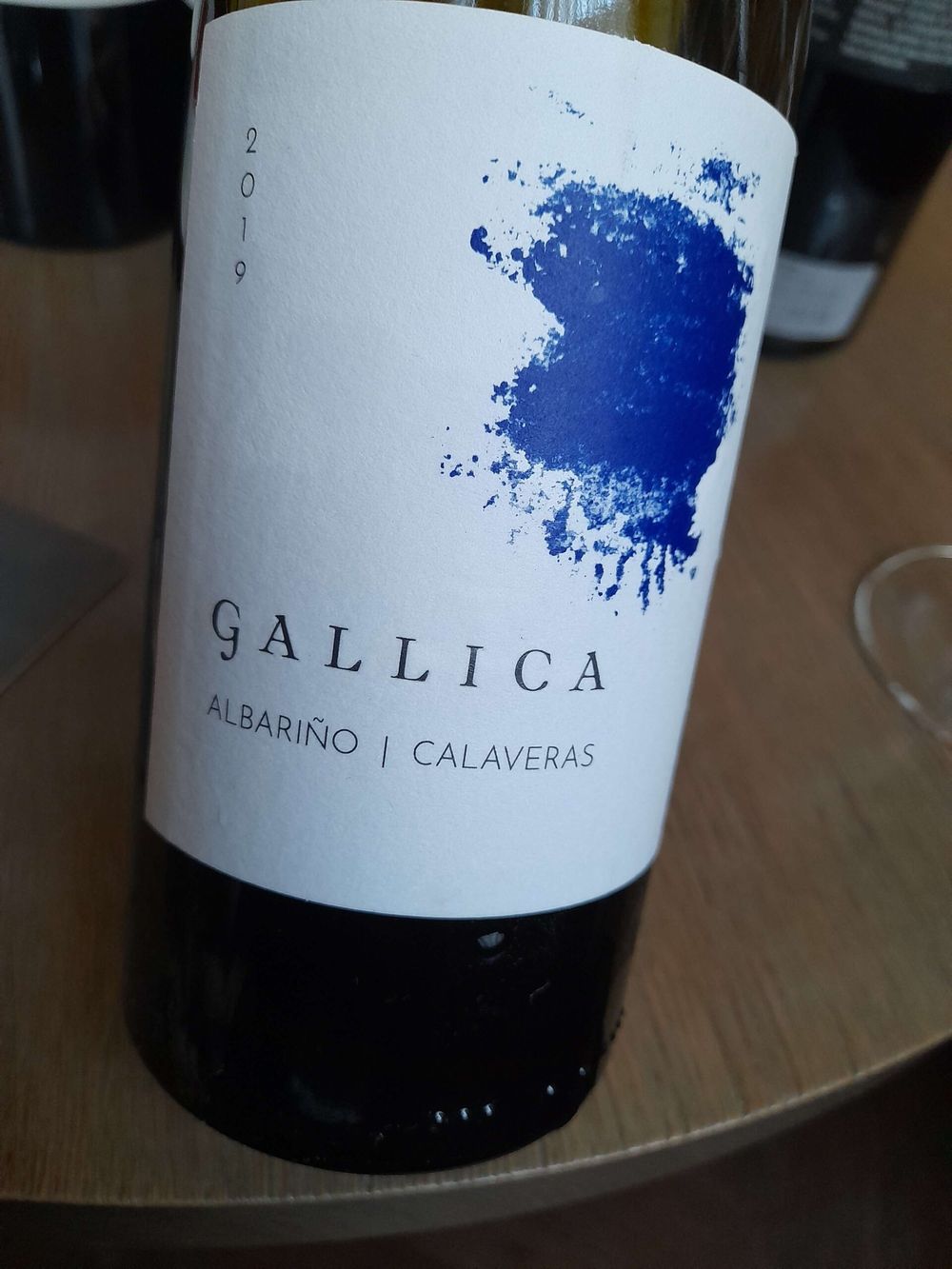
Gallica Albariño Calaveras 2019, Rorick Heritage Vineyard, Calaveras County
A nose of ripe stone fruit, edged with citrus, think greengage and peach with lime. The palate is concentrated and absolutely alive with freshness. There is a grapefruit pithiness and texture on the palate. It is super refreshing. Brisk, full-fruited, linear and totally snappy with a lovely lemon note on the mouth-watering finish.
Cakebread started making Albariño in 2015. It is her only white wine.
“It is really nice in a portfolio of Cab Franc and Cab Sauv to have a wine like this,” she says. The 13% Abv on the label is a true 13% – despite the legal latitude she has in declaring alcohol. “I really don’t like overripe fruit and love natural acidity,” she says about this zippy wine. The vineyard is “due east of Napa Valley for four or five hours, you run right into the Sierra Nevada mountain range. This vineyard is about 2000 ft in elevation, it is a steep hillside of limestone and granite, drop-dead gorgeous. It is a continental climate but, because of the elevation, the springs are late, it gets snow in the winter, warm days, cool nights,” she says. “We pick it in August, at night, truck to Napa, press whole cluster, the juice goes straight to 300 litre stainless steel barrel and some used oak barrels, no malo, native yeast, no racking, to the bottle. I want fruit preservation, natural acidity.”
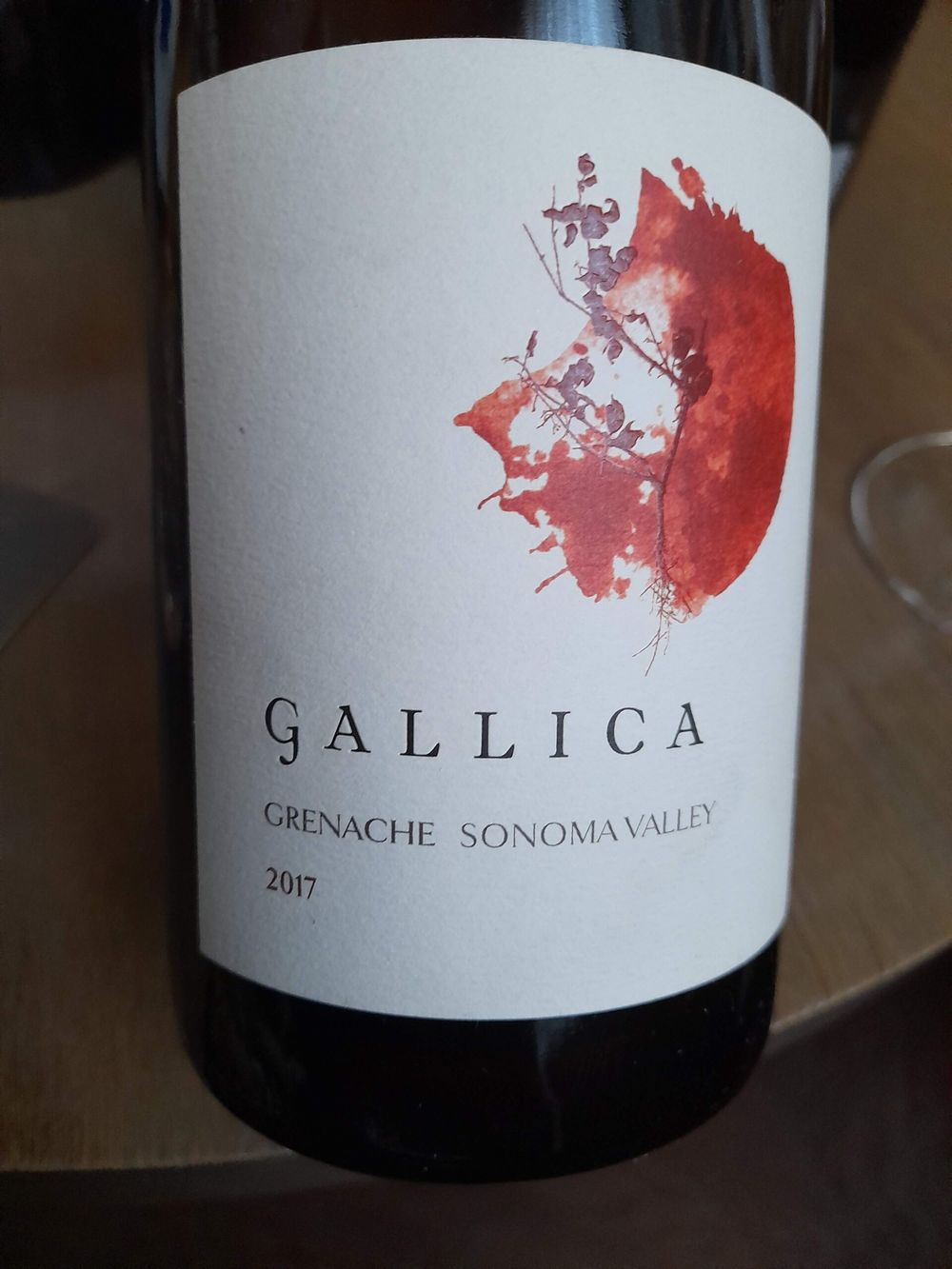
Gallica Grenache 2017, Rossi Ranch, Sonoma Valley
Subtle oak notes come across as cinnamon and weave into beautifully expressive notes of red berry: think juicy mulberry and red cherry with overtones of ripest raspberry. Very appetizing. The translucent palate has a floral elegance, freshness and juiciness. The wine is slightly chilled which suits it immensely well. An absolutely red-fruited, slightly floral wine with high hedonistic appeal. The more air it gets, the more top notes appear: peony definitely but also a hint of lichen, of conifer and orange peel. A very aromatic, very appealing wine with much spice and verve.
Cakebread says: “I love Grenache, I started working with Grenache in 2010, I love the variety and it is really wonderful in a portfolio to have a red wine that is super-interesting, aromatic but does not have quite the tannins that Cabernet Sauvignon has. I am pretty smitten and it is a complete contrast in winemaking to California: open top fermentation, some stem inclusion, pressed before dryness, goes to large format barrels, primarily 500 litre puncheons, malo in barrel, typically one racking only off gross lees, and into the bottle 14-18 months later. For me, the purity of fruit and the expression of the variety itself, celebrating Grenache is what I am trying to do.”
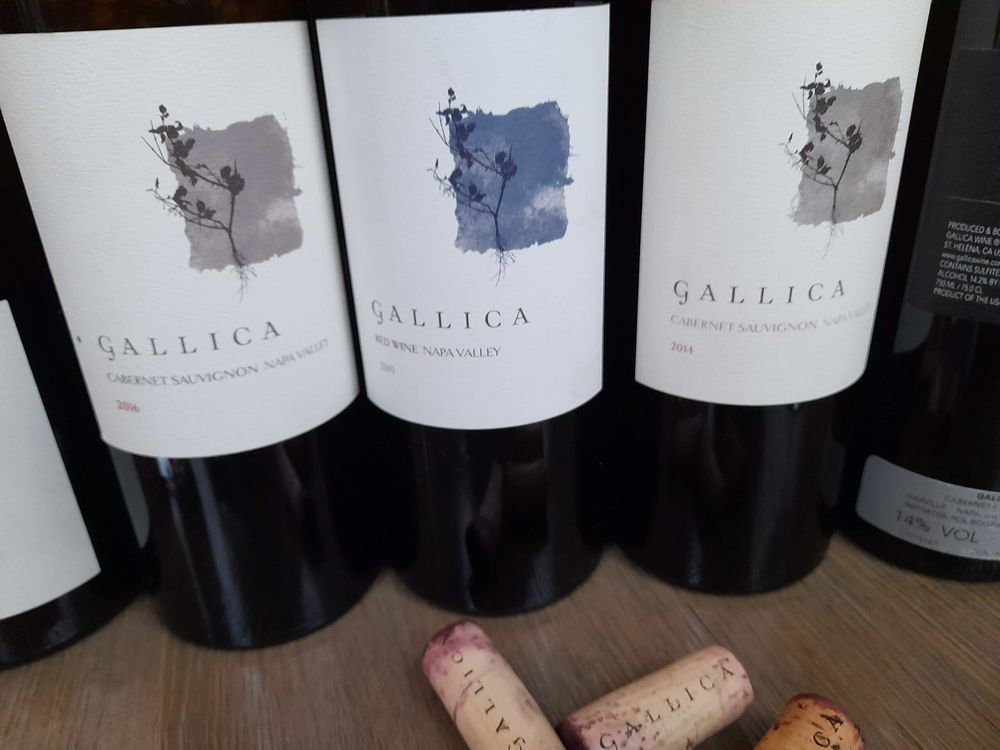
Gallica Cabernet Sauvignon 2016, Oakville, Napa Valley
A lactic touch on the nose has an overtone of cinnamon before homing into juicy, dark plum. The palate is sinuous, smooth, flowing and juicy, with blueberry-edged plum fruit. Tannins are present but not mouth-coating, rather lending their subtle structure to hold the fruit aloft. This is lovely now, just on the verge of showing some evolution, but with the makings of a wine that will evolve in a very savoury fashion. Very elegant.
Gallica Cabernet Sauvignon 2014, Oakville, Napa Valley
A note of ripe blueberry and wild huckleberry is distinct on the nose. The palate is concentrated and has more power and punch, but again tannins are smooth, gentle alongside a beautiful spine of freshness to counter the ripe berry fruit. This speaks of restraint and full, but not overblown, ripeness with its velvety mouthfeel and juicy core. Pliable, smooth, full-fruited, with an echo of dried mint and thyme. Nothing here is forced.
Cakebread notes that 2016 was a cooler vintage with a lot of water availability while 2014 was a drier year with a very small crop. The wine contains 15% of Cabernet Franc. “I always co-ferment with Cab Franc,” she says. “I do gentle pump-overs so there is not too much extraction, the wines typically stay on the skins until they go dry but not always, for me, managing fermentation is just gentle, a little on the cooler side, and allowing the variety to express itself. It is aged exclusively in 225 litre French oak barrels. The percentage of new oak varies with vintages but typically is around 40%.
Gallica Cabernet Franc 2017, Oakville, Napa Valley
A hint of blueberry has immediate blue flower overtones. The palate is nimble, detailed and dense with very fine tannin. There is much juiciness, much freshness within that ripe, vivid red and dark fruit. The freshness becomes especially apparent on the finish. This is crunchy, appetizing and beautifully delineated.
Gallica Cabernet Franc 2015, Oakville, Napa Valley
This already has a hint of evolution: a whiff of truffle informs the plum notes on the nose, followed by blueberry skin and savoury, lifted hints of lichen. The palate is dense, juicy but also fresh. There is much flow, much density of cashmere tannin. A spine of freshness runs right through this and counters the lush, concentrated fruit. The tannins come to the fore again on the finish, with quite some power, but again they are unforced.
Cakebread notes says that both the Cabernet Sauvignon and the Cabernet Franc are from the same vineyard in the Oakville hills at around 900ft elevation [274m] on the Vaca Range. She has worked with this vineyard since 2009.
“The geology is volcanic, with bright red soil. There are big rocks and lots of scrubby things like chaparral, sage and thyme. When you walk in the vineyard you really smell these things and it really informs the wines. The thing I really love about the wines in this area is natural acidity, some say in some years even too much acidity. These are undulating hills, with vineyard parcels in nooks and crannies with different exposures. The Cabernet Franc is in a south-east facing parcel, very sheltered. It is such a finicky grape to grow but so wonderful in the glass,” she says and cannot help smiling. “I just love those floral characteristics in Cab Franc.” It is aged in 300-litre French oak barrels, without new oak. “That is what I love about making Cabernet from the same spot on the planet, every vintage is so dramatically different and it gives you a lot of hope. You think you know something and then you realise you have so much to learn!”
Rosemary Cakebread’s Gallica wines are imported and sold in the UK by Pol Roger Portfolio, which is a commercial partner of The Buyer. To discover more about them click here.


